What, Why, and How to Use Protein

There is little chance you don’t already have a pretty good idea of what protein is, or why it is so important, so, we won’t bore you with a really deep introduction to protein. We will instead cover the basics pretty quickly.
Protein is one of the three major macronutrients that make up the foundation of your diet…carbohydrates and fat being the others.
While each is important in their own right, there remains a constant battle for the top spot. We won’t even bother to try and hand out such awards.
What we will say is this. Protein is extremely important, and if you are an active individual or someone looking to shed some body fat and lean out a bit, even more so.
With that little bit of insight, let’s dive into the details a bit deeper.
What is Protein?
Protein is considered the building block of the body and is present in every single cell.
Some of protein’s primary roles:
- New cell creation and existing cell repair
- Manufactures enzymes, hormones, and other body chemicals
- Provide structure, function, and regulation of the body’s tissues and organs
- The building block of bones, muscles, cartilage, skin, and blood
- Strengthening the immune system against bacteria
- Assist with muscle contractility and movement
As you can see, protein is essential not only to building and maintaining muscle mass (key to a lifetime of movement and heightened metabolism), but also a myriad of other very important bodily functions that occur without our thought or action.
As one of the three macronutrients, it is also important to note that a single gram of protein contains 4 calories.
While this is equal to a carbohydrate’s calorie count, the two are not equal in actual output or effect. And, when you consider that a gram of fat carries a whopping 9 calories, you could quickly argue that protein is, in fact, the most caloric-friendly of the macronutrients.
This probably explains why it plays such a strong role in weight loss and management.
Why Should I Use Protein
There is no question that protein, carbs, and fats affect the body in very different ways.
While certain types of carbs are more caloric-dense and more satiating, thus providing a more full feeling, they are often very easy to overeat. Protein, on the other hand, is very difficult to overeat.
When you couple this with the additional benefits below, it becomes really easy to understand why protein is key to a good diet, and thus, overall health and wellness.
Here are some additional reasons to make protein the foundation of your macronutrient intake…
Reduction in Appetite
Protein cannot only provide that feeling of fullness, but it can reduce appetite as well.
This effect is mainly attributed to protein intake reducing the level of ghrelin, the hunger hormone. In addition, protein boosts peptide levels, a hormone that lets you know you are stuffed!
The effect protein has on your appetite is quite powerful. A study was conducted where protein intake was increased from 15% to 30% for overweight women. The final results showed that they ate 441 calories less than usual without making an intentional effort to cut down on caloric intake.
Increase In Strength and Muscle Mass
Protein is the building block of your muscles so it only makes sense that increasing your protein intake will translate to better muscle growth and higher muscle gain when you are training. Several studies have already proven the correlation between the two.
If you have a physically active lifestyle, are hitting the gym regularly, or attempting to lose weight, ample protein intake is absolutely key.
But, even if you are not someone who exercises regularly, protein is required to assist in maintaining your existing muscle levels. Nobody wants to see their muscles decrease any more than it will naturally with age, so protein must be part of the daily diet.
Good for Bones
There has been an ongoing myth that protein has adverse effects on your bones. This myth is based on the idea that more protein, especially animal protein, increases the acid load which then leads to calcium leaching as the body attempts to neutralize the acid.
On the contrary, several long-term studies have proven that protein is extremely beneficial to your bones.
Remember, proteins are the building blocks!
Boosts Fat-Burning
Eating anything can boost your metabolism for a little while. This happens because the body uses calories to digest and make use of the nutrients in the food. The effect is known as TEF, the thermic effect of food.
But all food isn’t similar in this regard. Protein has the highest thermic effect when compared with carbs and fat.
Protein has a thermic percentage of 20-30%, while carbs and fats are between 5-15%.
An increased intake of protein has been confirmed to boost metabolism and increase the calorie-burning rate. When you add the bonus of maintaining or increasing lean muscle, the metabolic boost becomes even greater.
How Should I Use Protein
According to the Dietary Reference Intake, 0.8 grams is the suggested quantity for every kilogram of body weight (that is 0.36 grams per pound).
However, it is important to note, this recommendation is just enough to prevent deficiency. It is not enough to meet the likely needs of even a sedentary person, on a daily basis.
Research on how much protein is the optimal amount to eat for good health is ongoing and is far from settled.
How much protein you need depends on several factors, such as your weight, your goal (weight maintenance, muscle gain, or fat loss), your level of physical activity, and whether you’re pregnant or not.
As you can see based on those variables, it is impossible to make a strict recommendation for everyone.
For this reason, after years of client and customer work, we will typically recommend .5 grams per pound of bodyweight for sedentary individuals and .8 to 1.2 grams per pound of bodyweight for active individuals.
As an FYI, our range (.8 to 1.2) for active individuals allows for differing amounts, intensities, and types of activity and exercise.
We will always, however, recommend, active or sedentary, that an individual starts at the lower end and adjusts based on the body’s response.
With all that said, our protein-inclusion and timing suggestions are also quite simple for most. We have a few “rules” we like to go by to keep things easy.
3D Labs Nutrition Protein “Rules”
- Include a protein source with every meal and/or snack
- Never go more than 3 hours during your “feeding” window without protein
- Use protein shakes when necessary
- Use amino acids during “fasting” periods, pre-workout, intra-workout, and before bed (capsules or powder)
- Be sure to include ample protein post-workout
Some Good Protein Choices
- Top or bottom round steak (23 grams of protein per 3-ounce serving)
- Lean ground beef (18 grams per 3-ounce serving)
- Pork chops (26 grams per 3-ounce serving)
- Skinless chicken breast (24 grams per 3-ounce serving)
- Turkey breast (24 grams per 3-ounce serving)
- Sockeye salmon (23 grams per 3-ounce serving)
- Yellowfin tuna (25 grams per 3-ounce serving)
- Greek yogurt (23 grams per 8-ounce serving)
- Cottage cheese (14 grams per half-cup serving)
- Eggs (6 grams per large egg)
- 2% milk (8 grams per cup)
- Some canned foods, like sardines, anchovies and tuna average around 22 grams of protein per serving
- Navy beans (20 grams per cup)
- Lentils (13 grams per quarter-cup)
- Peanut butter (8 grams per 2 tablespoons)
- Mixed nuts (6 grams per 2-ounce serving)
- Quinoa (8 grams per 1-cup serving)
- Edamame (8 grams per half-cup serving)
- Soba noodles (12 grams per 3-ounce serving)
3D Labs Nutrition to the Rescue
While it is true that you could get all the necessary protein from whole foods alone, for most, this proves quite inconvenient and sometimes, downright tedious to do.
The good news though, protein supplements have improved by light-years since they hit the market 50+ years ago.
If you are over the age of 30 and used protein powders in your younger years, you will almost certainly remember the sand-like, almost completely unpalatable, downright disgusting taste of the early days.
Great news…those days are long gone.
While there are many great-tasting protein powders on the market today, we are supremely confident in our WheyMode protein shakes. Their mix-ability and taste are truly second-to-none.
Whether you need protein to replace a meal or snack, or you need something to take in post-workout, WheyMode works.
And, if you are someone who needs to fill a craving at night, before bed, with something sweet, WheyMode not only makes a great shake but also a phenomenal pudding as well.
Currently available in Chocolate and Vanilla, with new flavors on the way, we are certain you will be extremely happy if you make the WheyMode protein blend your protein supplement choice.
Always Remember…
You only have one life to live, one body to live it in…so take care of it. Progress, not perfection.
Good, better, best with your food intake, and some form of “movement” daily.
Get your nutritional foundation from food, supplement where necessary, and drink plenty of water.
We are here to help so feel free to drop us comments or questions as often as you’d like…
And, don’t forget, always consult your physician before making any changes to your diet or exercise regiment.
Live a 3D Life…Decisions Determine Destinations!
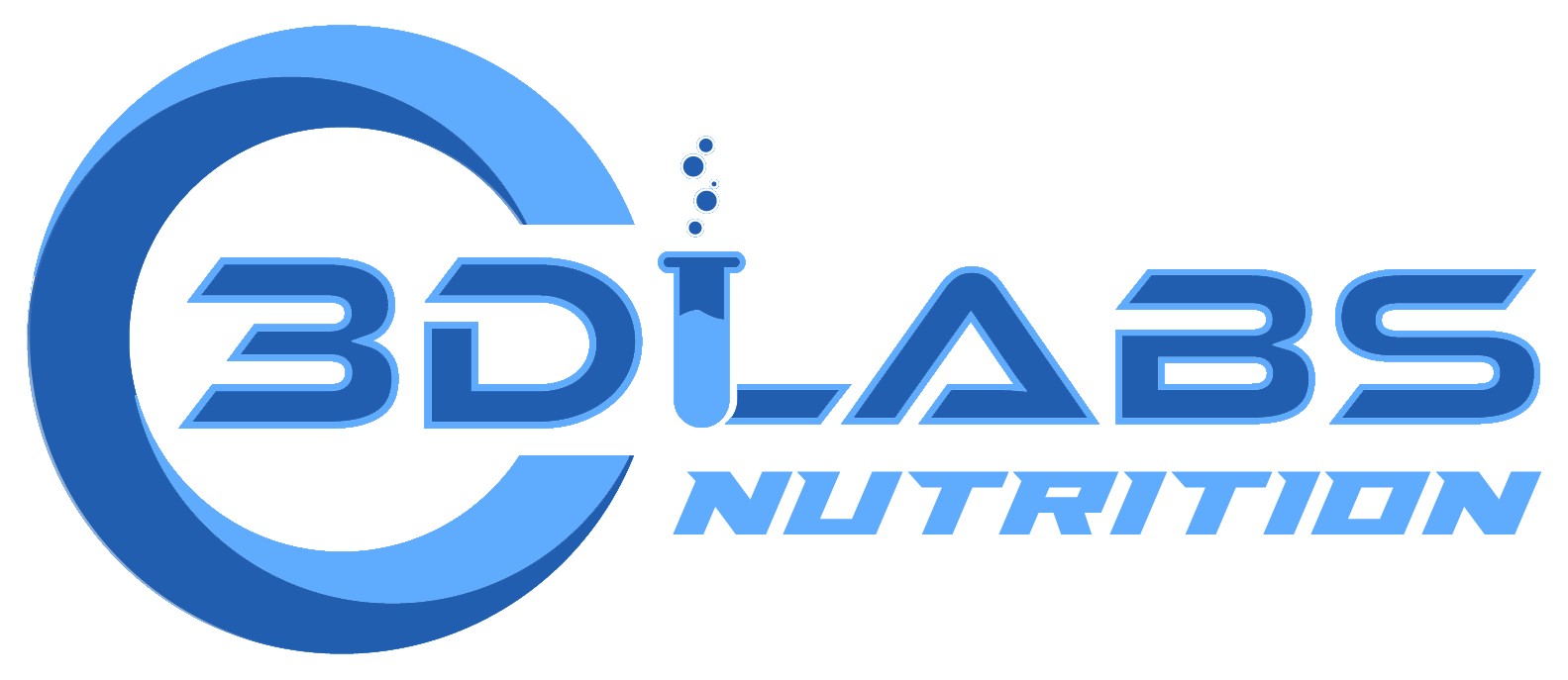

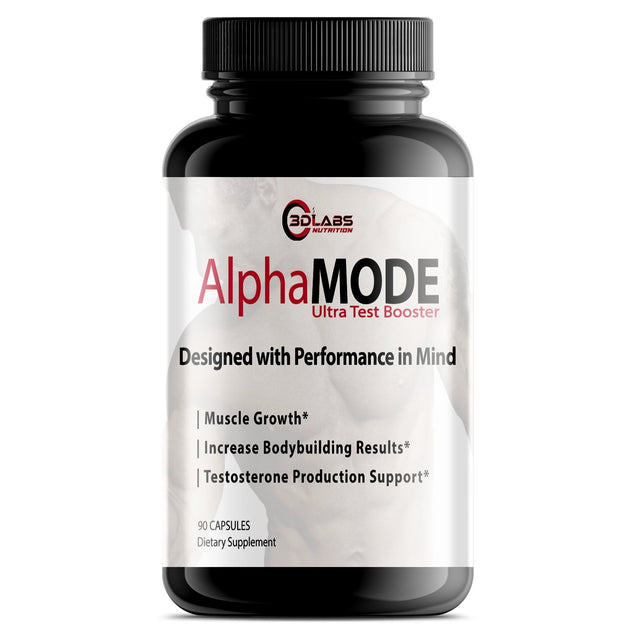
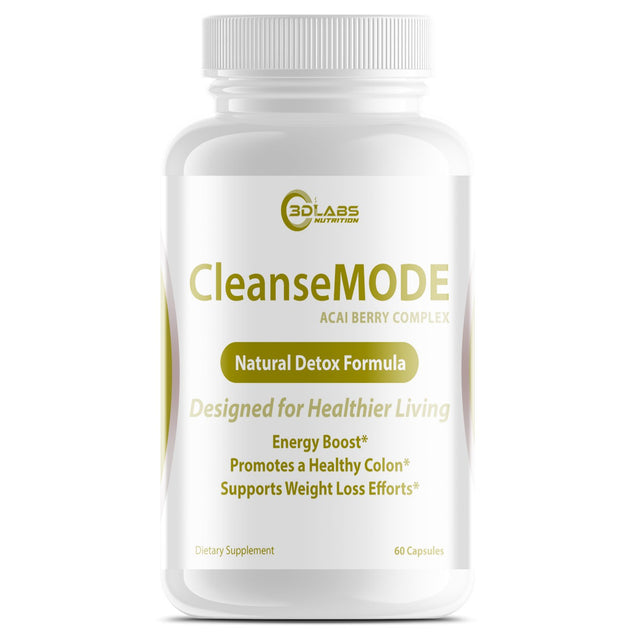
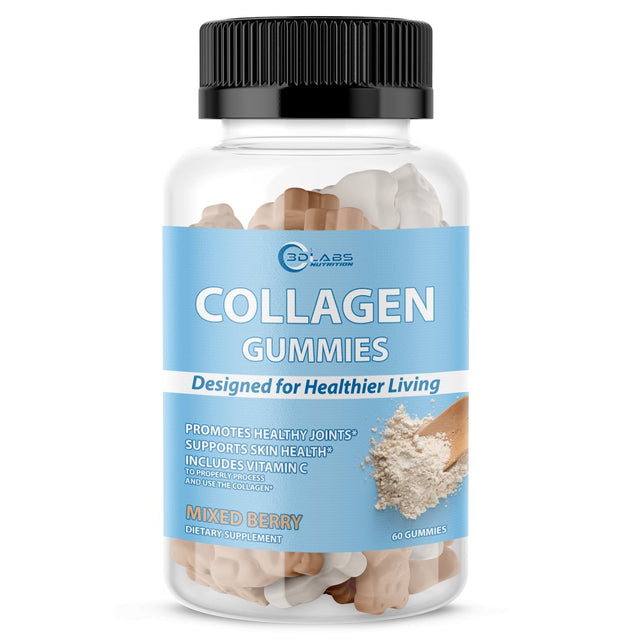
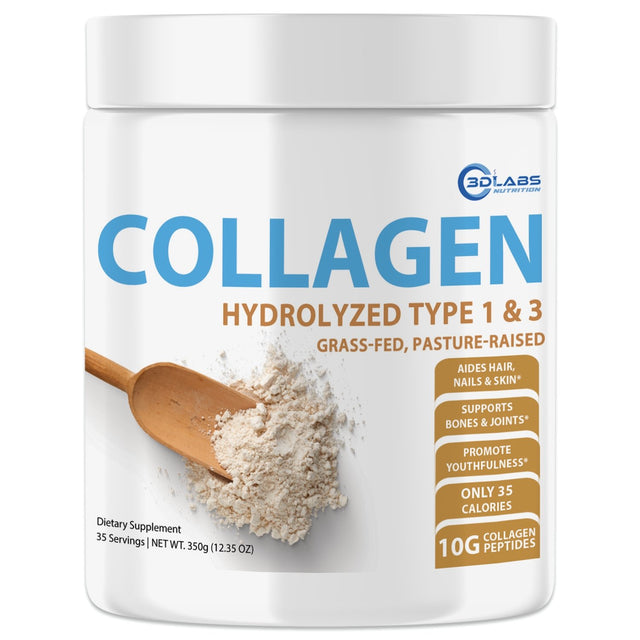


0 Comments
There are no comments for this article. Be the first one to leave a message!